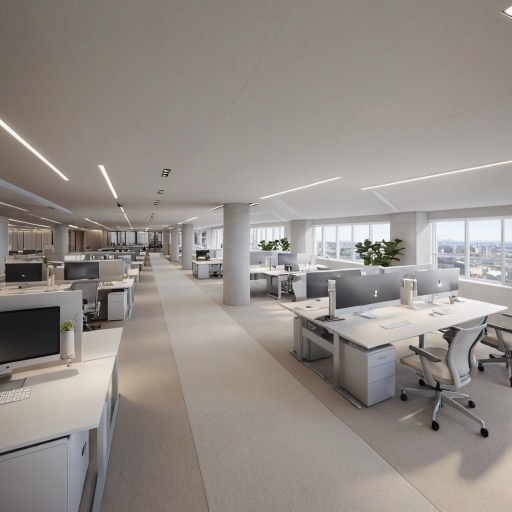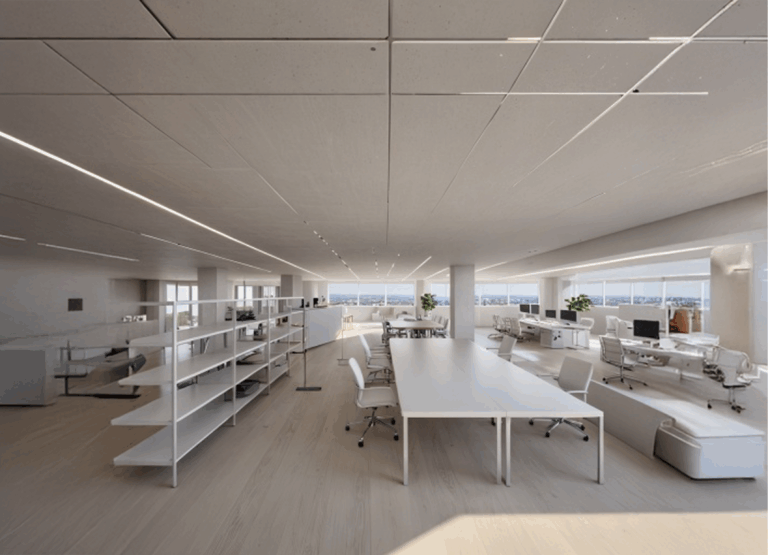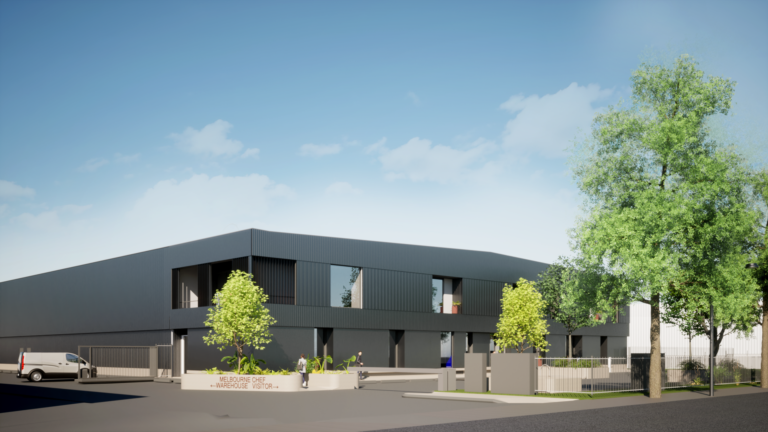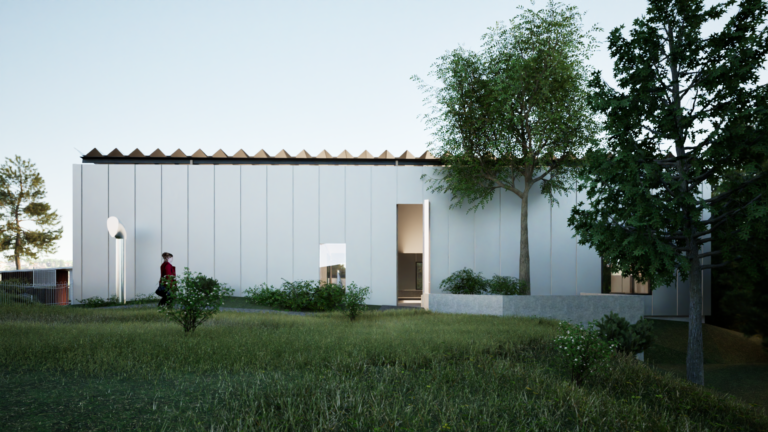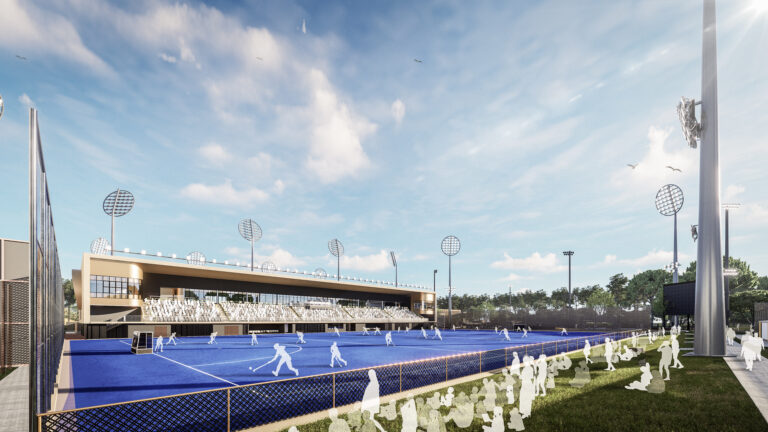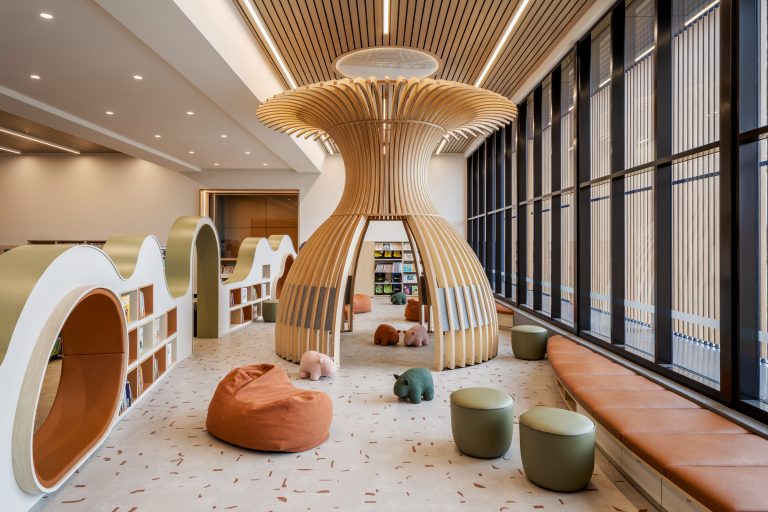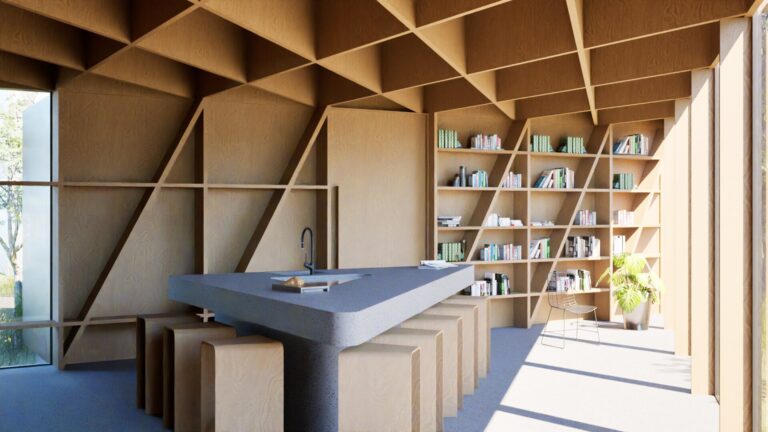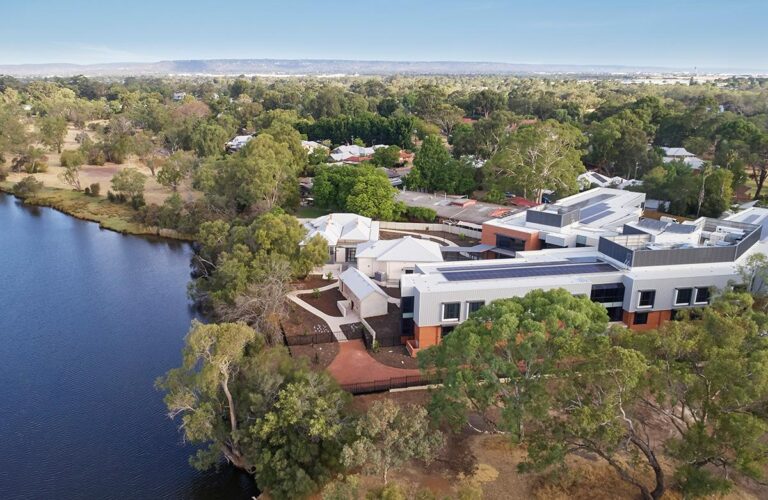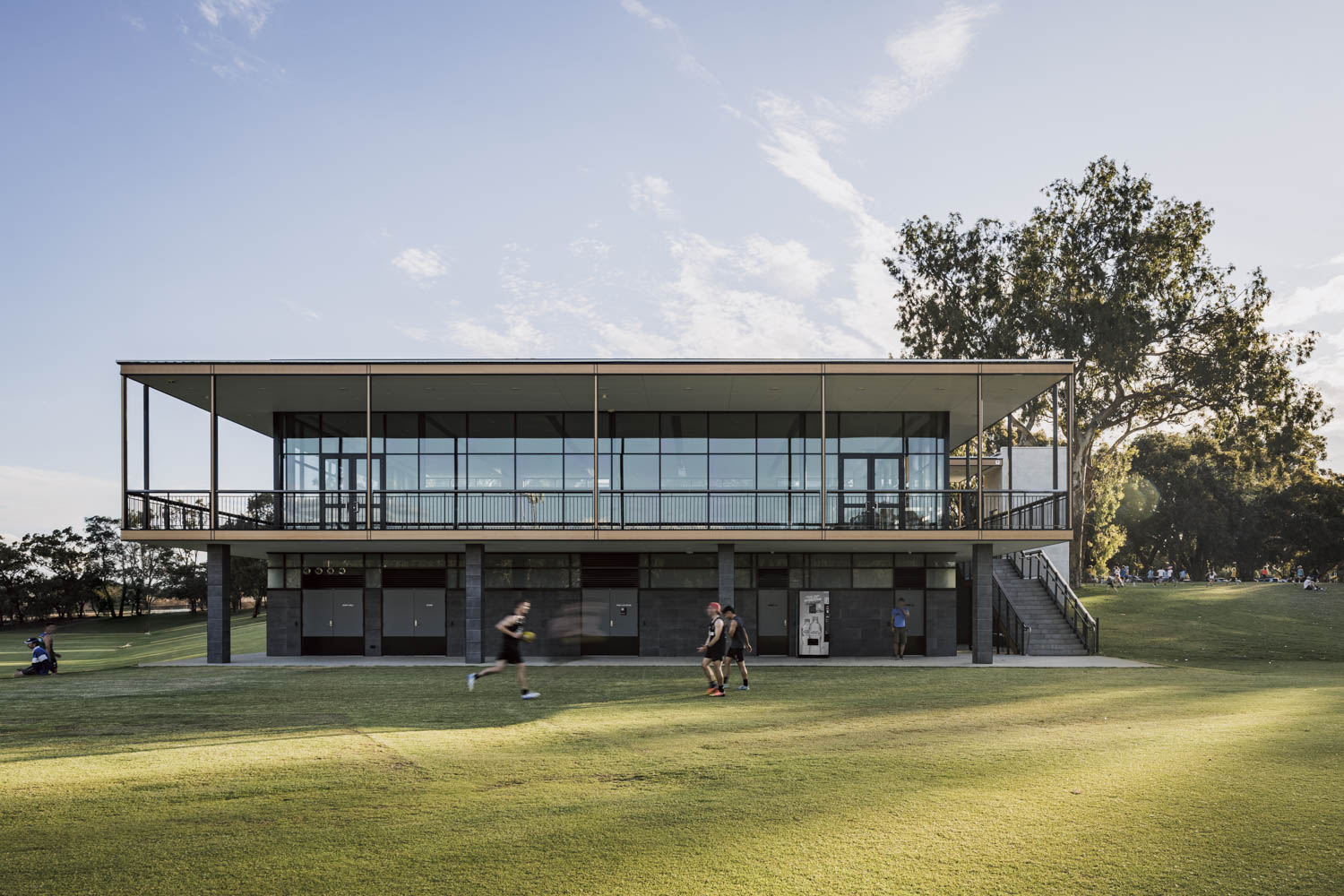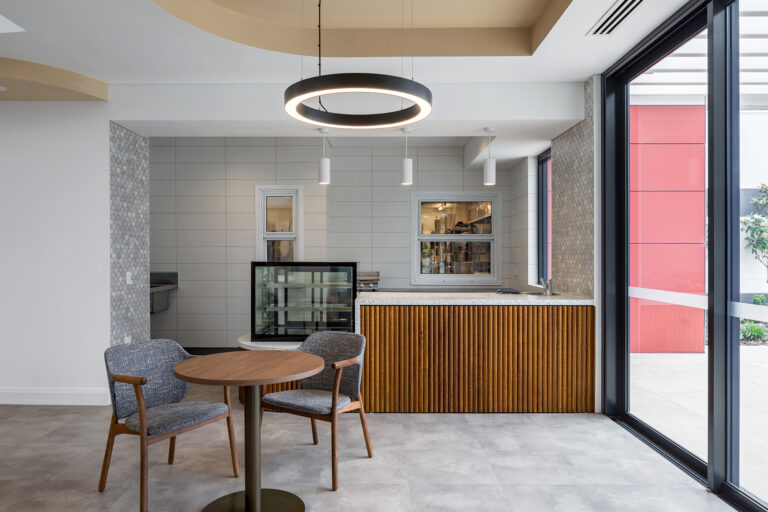“Hunt Architects undertook a workplace strategy for our Collection Services team at the State Library of Western Australia, and their work has been outstanding. They took the time to deeply understand the complexity and uniqueness of our systems and processes – something that is critical in our collections & library environment. Their ability to gather insights from across our team and translate that information into a clear, practical workplace strategy was impressive. The outcome will be an invaluable guide as we move forward with the design of our new workspace.”
Transforming complex workflows into a clear, evidence-based workplace strategy – providing the State Library of Western Australia a roadmap for an efficient, future-ready workplace.
The State Library of Western Australia engaged Hunt Architects to develop a workplace strategy and concept design for its Collection Services team. Located within the Library’s Perth Cultural Centre precinct, the project focused on reimagining 1,457 sqm of open-plan workspace to better support the Library’s critical behind-the-scenes functions. Teams included metadata management, processing, archiving, storing, and registering – tasks essential to preserving and providing access to the cultural memory of Western Australia. The scope of works involved a series of intensive workshops and strategy sessions with staff
across multiple departments, enabling Hunt Architects to analyse workflows, identify inefficiencies, and develop evidence-based recommendations for a more efficient, effective, and wellbeing-focused workplace. The outcome was a comprehensive Workplace Strategy Report and Concept Design, now forming the basis for future government funding and staged implementation. This project extended beyond standard refurbishment goals – it focused on analysing how staff operated, mapping complex processes, and developing a workplace strategy to improve clarity, efficiency, and overall functionality.
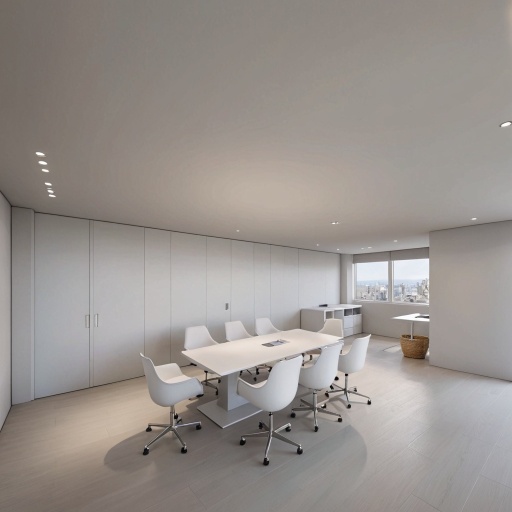
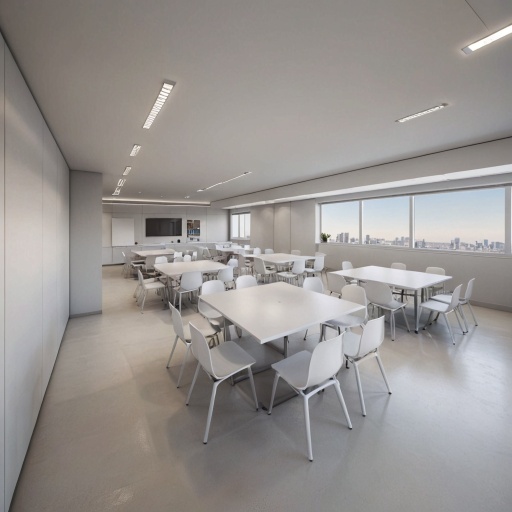
Listening First, Designing Later
The project began with a series of staff workshops designed to capture the operational needs of the Collection Services team. These sessions examined existing processes in detail, highlighting inefficiencies and opportunities for improvement. Many workflows had not been previously documented, and the workshops provided the first opportunity to map and assess them in a structured way. This process revealed the complexity of the Library’s functions. The information gathered was consolidated into a clear framework, translating a large volume of qualitative data into actionable insights. It became clear that the solution was less about introducing new systems and more about reshaping the physical workplace to better suit the way people worked.
From Complexity to Clarity
The outcome of this deep engagement was a comprehensive Workplace Strategy and Concept Design. At its core, the strategy turned complex workflows into spatial solutions: carefully considered layouts that made tasks more intuitive, connections between teams more seamless, and spaces more supportive of both collaboration and quiet focus. The strategy also looked ahead, anticipating future technologies and workforce changes to ensure adaptability over time. Staff wellbeing was also central to the recommendations, with proposals to increase daylight access, introduce more comfortable and inclusive environments, and create a balance between energetic shared spaces and restorative quiet zones.
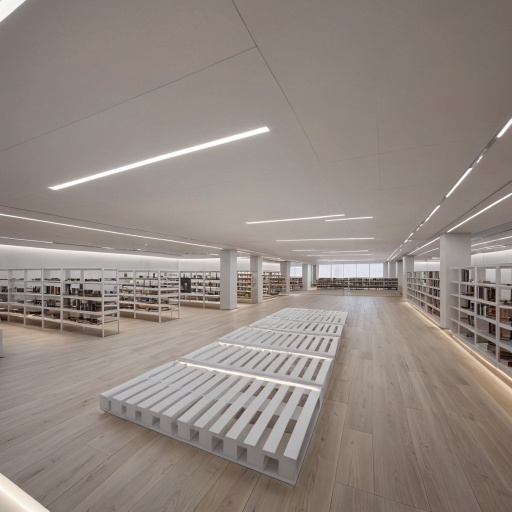
Creating a Roadmap Forward
Beyond the design itself, the project delivered a clear roadmap to guide the Library through the next stages. The Workplace Strategy Report outlined steps for design development, a structured approach for staged implementation, and alignment with WA Government workplace planning standards. This gave Collection Services a practical and fundable pathway from vision to reality, with confidence that the recommendations met long-term access, inclusion, and asset efficiency requirements.
Supporting Staff, Preserving Culture
At its core, the project supports the Library’s role in preserving and sharing Western Australia’s cultural heritage. By improving workplace efficiency, clarity, and staff wellbeing, the strategy strengthens Collection Services’ ability to deliver this mission. The project is now progressing through government funding and approval, with the vision set to transform the workplace into an adaptable, efficient, and future-ready environment.
